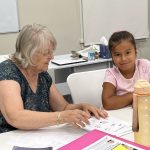Written by: Holly Haggerty, Executive Director
Three recent real examples of schoolwork from our students:
- An 8th grade girl who can’t add 6 + 7 without counting on her fingers and can’t do subtraction problems that involve regrouping is working on finding the slope and y-intercept on a graph in school. (If you don’t understand that, don’t worry, neither does she.)
- A 7th grade boy who hates to write is asked to write a high-level comparison of plot development and plot structure between Emily Dickinson’s poem “I had been hungry all the years” and Teasdale’s “The Lighted Window”.
- A 3rd grade girl who has not mastered single digit addition has math homework asking her to find the unknown quantity in problems like this: X-24+7=48.
If you chose “pile-on” then you agree with how each of these students felt with that homework—piled on.
Most people would agree that a good educational system prepares students for life. Being prepared not only includes having certain skills and knowledge, it also includes being interested in learning and confident in one’s ability to learn. With technology changing the way we do things on a daily basis, being interested and confident about learning is vital.
Children start out very interested in learning but by the time they reach middle school, they are often disinterested and bored.
While some of the students of our Center are receiving tutoring because their parents want them to get ahead and stay ahead, most come in because they are struggling. With work like the examples above, the fact that they are struggling is no wonder.
In fact, “pile on” is what we see in the majority of students that come into the Center for help. The size of the gap between the student’s actual instructional level and what they are being asked to do in school varies, but the effect is the same—a student who feels inadequate and frustrated. Unaided, these same students would grow up to become adults who lack the skills and confidence to keep up in today’s global, fast-paced world.
“Pile on” happens when teachers are forced to use pacing guides and students are pushed from one skill to the next regardless of whether or not they have mastered the lower level skills. “Pile on” happens when teachers feel compelled to prepare students for high-stakes testing.
At the Community Learning Center, we are happy to help students fill in their instructional gaps. We would be even happier if all students received appropriate instruction in school. Students would advance much quicker if their schoolwork were in line with their instructional level rather than a pacing guide or arbitrary test.







Recent Comments